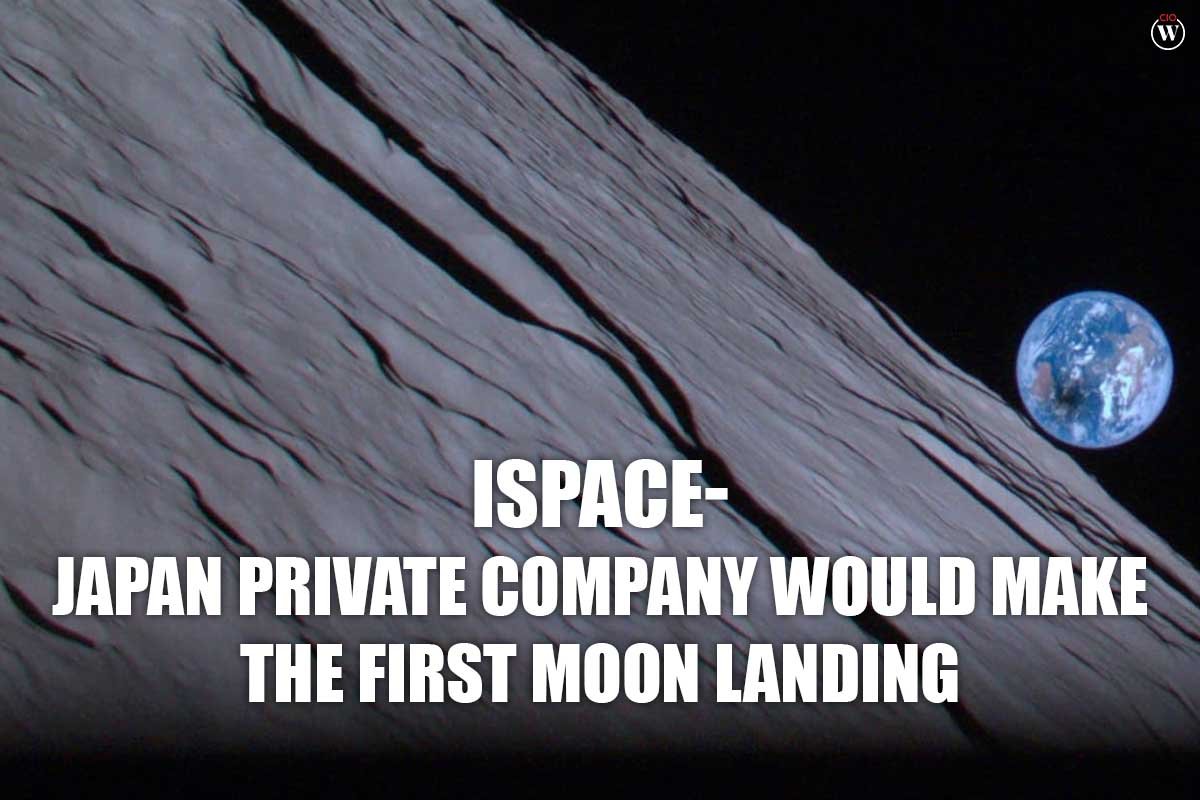On Tuesday, a Japanese ispace corporation plans to send an unmanned probe to the Moon.
The Hakuto-R M1 mission, if it is successful, will be the first private company landing on the moon.
When it arrives, the lander will release a United Arab Emirates rover and a two-wheeled robot the size of a tennis ball that was created by a Japanese toymaker.
Only the US, Russia, and China have accomplished a successful Moon landing.
At 1740 BST (1640 GMT), the spacecraft is anticipated to touch down.
The CEO of the Japan ispace, Takeshi Hakamada, told BBC News that he believed the mission would be the first of many commercial operations.
“I believe this represents a big change,” he said. “This is going to open more opportunities for other private companies and even small countries to do lunar exploration in the future.”
Then Vs. Now
A Falcon 9 rocket from Elon Musk’s SpaceX business launched the spacecraft last December from Cape Canaveral, Florida, the spaceport from where the Apollo Moon landings in the 1960s and 1970s took off.
While Hakuto-R took five months to reach lunar orbit, those missions only needed a few days. This was due to its far less powerful propulsion system, which was installed to save money and gasoline.
By the standards of lunar spacecraft, the lander is relatively small and compact at slightly over 2m tall and 340kg in weight. It will start an hour-long landing manoeuvre from its orbit, some 100 kilometres above the ground, where it is travelling at a speed of around 6,000 kilometres per hour.
Hakuto-R will place two payloads after arriving at the landing location in the northern hemisphere of the Moon.
One is the Rashid Rover from the United Arab Emirates, which will study the lunar surface’s geology and atmosphere. The Sora-Q mini-rover, a robot with a ball-like shape that will roll across the terrain, is the other. It was produced by TOMY, the toy manufacturer behind the Transformers. It is 8 cm in diameter and 250 grammes in weight.
Japanese company ispace loses contact with moon lander after suspected crash
All About the Rover
Along with other instruments, the spacecraft carries an experimental solid-state battery so that they can be tested on the Moon.
However, determining the practicality of commercial launches to the lunar surface is the mission’s main goal. This is the first of what iSpace hopes to be a number of commercial landers over the following few years, each more ambitious than the one before it.
According to the Japan ispace idea, it will be possible to send up machinery for mining and making rocket fuel in order to sustain a human presence on the lunar surface.
Dr. Adam Baker, director of Rocket Engineering, a space consultancy company name Japan ispace unaffiliated with the project, claims that a successful landing would mark a “step change” in business involvement in space research.
“If it is affordable and can be repeated, it opens up the door for anyone who is prepared to pay the price to land something on the surface of the Moon,” he said.
Also read: Next Step towards the Mars Mission: SpaceX conducts a Hot Fire Test









